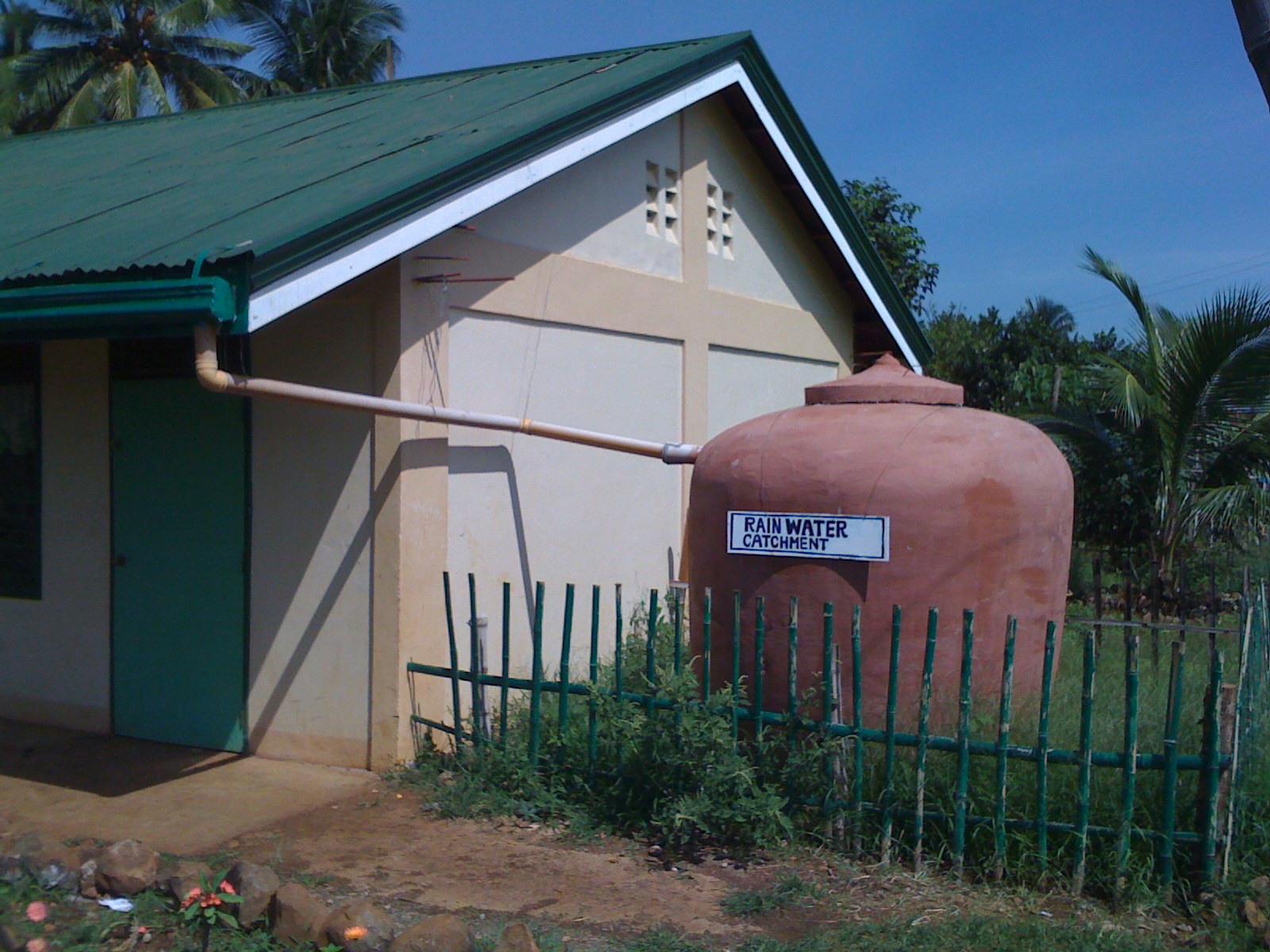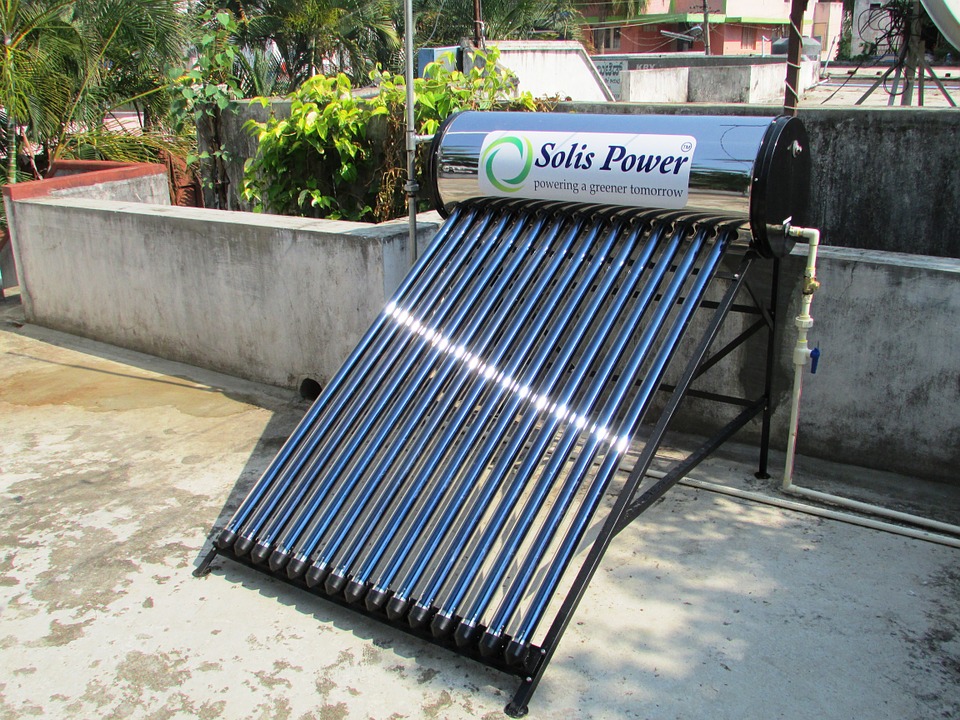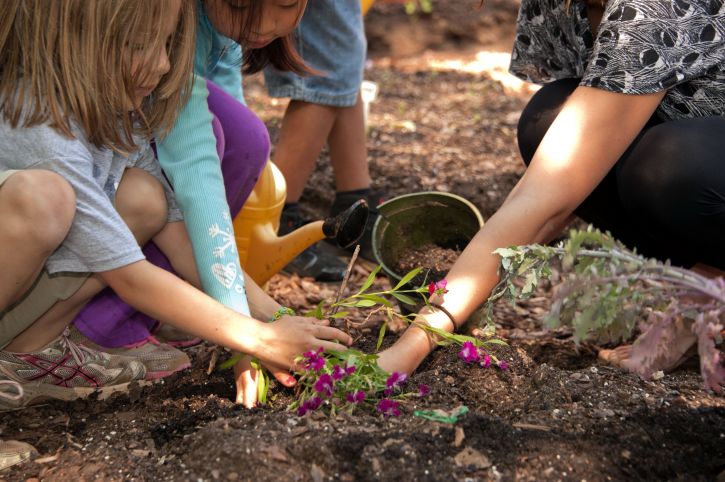
You may not have realized it before, but there are proven best practices for watering your plants and garden. Determining just when and how to water for the healthiest, most productive crops is all about paying attention to a few key factors. It might seem a little silly; is there really a wrong way to water plants? Not necessarily, but there are certainly better ways!
There are no rules written in stone that apply to water all plants in all situations. You can make your call depending on the type of plant, the soil, the weather, the time of year and other factors. Don’t worry, it doesn’t get too complicated–you can even teach your kids to help!
When to water:
For container plants, there’s a simple and accurate test to check their water levels. Slowly and evenly water the soil until it begins to drain from the vessel at the bottom. After the draining stops, lift the pot or basket to get a sense for how heavy it should feel. When it feels light, it’s time to water. Easy as that!
Now, you obviously can’t use the “lift test” in your garden or landscape. The appropriate alternative is to push a spade into the soil near your plant (but at a safe distance from the roots) and pull it back to get a good look at the soil. If consistent moisture reaches a depth of 6 to 12 inches, you’re in good shape. If it’s bone dry, water!
You may find that your watering needs become somewhat regular, but don’t rely on timing them too much. You need to account for rainy or dry weather and plan accordingly. On especially hot and dry days check the soil to see if you need to water a second time.
Always water early in the day. This allows any water that lands on the foliage and stalks to dry in the sun and reduce the risk of disease. Never water after sundown! Not only does this promote fungal disease, but it also attracts unwanted pests like garden slugs.
Suggested Article: How to Catch and Use Rainwater
How to water:
When it’s time to water, always focus on the root zone. After all, it’s the roots that need water, not the leaves! If you water too quickly and flood your plant, it runs straight down the soil avoiding the root ball, leaving the roots at the core of the plant thirsty. Whether you are nurturing seedlings, topping up houseplants, watering a row of tomatoes or soaking shrubs and trees, slow and steady watering is the key is to ensure that water soaks the root zone.
Grasses and annual plants concentrate their roots in the first six inches of the soil. The roots of perennials, shrubs, and trees are found as deep as twelve inches into the soil. In dense, heavy soil, it can take hours for the water to percolate down through six to twelve inches. Check with a shovel or trowel to see just how deep water has traveled after you’ve finished being sure roots are sufficiently watered.
Watering tips and tools:
One word: MULCH! Mulch acts as insulation for your soil by reducing surface runoff and slowing evaporation from the soil.
Use the right tools for the job. For efficient watering at the root zone, use a soaker hose or even a drip irrigation system instead of a regular sprinkler hose.
A sprinkler is the best option for watering a larger garden or several containers, but it is not the most efficient. Roughly 40 percent of the water ever reaches the root zone. For more efficient watering in vegetable gardens and flower beds, install a soaker hose early in the season, before the plants become too big.
While there is technically a science to properly watering the flora around your homestead, it doesn’t need to be difficult. Examine your watering habits if your plants are unhealthy or unproductive. You might be pleasantly surprised at how a couple of simple changes to your watering routine can positively affect your gardens!
If you enjoyed this, you might also like….






